One of the most common questions Foodie Digital members ask us is:
Which schema or schemas should I use in my recipe posts?
In SEO, there are very few black and white answers. It’s a practice filled with nuance, which is why Foodie Digital’s SEO services are hands-on and custom to each community member.
Understanding the different types of schema at your disposal, and when to use a schema type to your advantage is key to a successful SEO strategy for food blogs.
But there’s a lot of blanket advice about schema out there, and it’s tempting to assume that this advice applies to your content strategy.
If you’re confused or unsure about which type of JSON Schema to use in your recipe posts—and non-recipe posts—keep reading!
In this post we:
- Discuss the 4 types of schema used most often on food blogs
- Explain which type of schema should be used and when
But first, schema basics for food bloggers
Adding multiple types of schema to a post is a perfectly acceptable SEO practice.
But there are some do’s and don’ts for achieving the desired result when it comes to earning clickthroughs and conversions.
To grow your traffic, you must earn clickthroughs and conversions. A post can be highly ranked on Google’s first page but if it fails to earn clickthroughs and conversions it won’t earn much traffic.
Choosing the right type of schema(s) to use on a page boils down to:
- Relevance
- Desired result (which in recipes is always clicks!)
With respect to relevance, Google’s John Mueller advises that the structured data on the page should always match the primary element on your page.
From our guidelines we want to make sure that the structured data you have on your page matches the primary element on your page. So if you’re saying that you can add an FAQ to a random page on your website, sure you can do that. But is this FAQ the primary part of the page? Or relevant for the primary part of the page? That’s something that you kind of need to figure out.
– John Mueller
Unequivocally for a recipe site, the primary element on the page is a recipe.
That’s why recipe schema should always be output when a single recipe is published on a recipe site.
The 4 types of schema used most often on food blogs
They are:
- Recipe schema
- Article schema
- ItemList schema (carousel structured data)
- FAQ schema *New information available as of August 2023
Let’s look at each schema type individually.
1. Recipe schema
When you use a WordPress recipe card plugin, like WP Recipe Maker or Tasty Recipes, the plugins automatically generate recipe structured data on your behalf (more specifically JSON-LD recipe schema markup). This is what makes a recipe published online eligible for a recipe rich snippet in desktop and mobile search results.
2. Article schema
When you use Yoast SEO, it adds article schema to posts by default, even when recipe schema is present. Why is article schema important?
The answer is really simple—it gives basic information to Google about the content. For instance, that a piece of content is not a web page or an e-commerce product. It also uniquely identifies the author of the post, which is very important for E-E-A-T and authorship.
To verify that Yoast SEO is correctly configured and outputting the correct article schema for posts on your food blog, log in to WordPress and go to Yoast SEO > Settings > Content Types and make sure the default article schema is selected for posts.
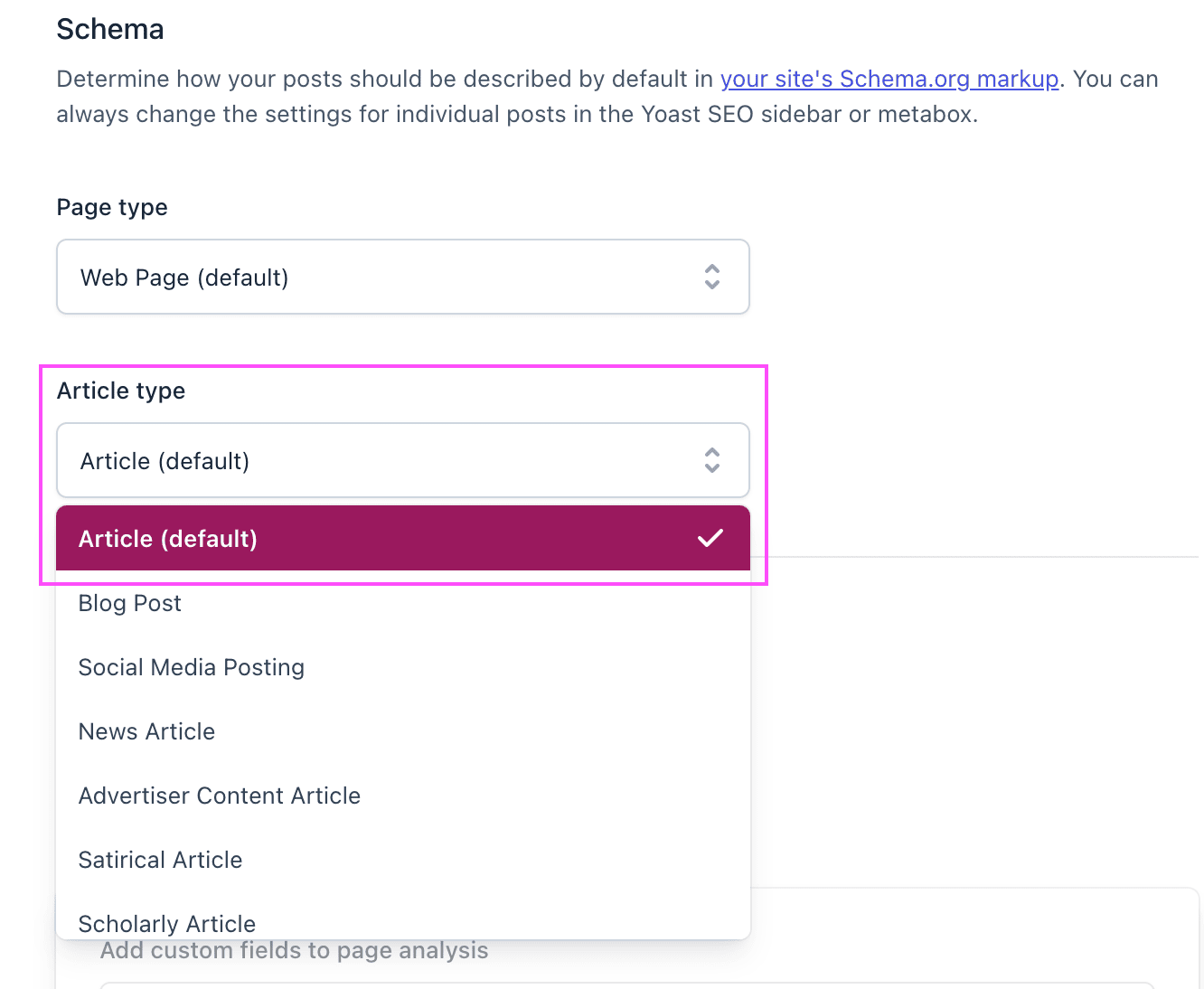
3. ItemList schema (also known as Carousel structured data)
ItemList schema allows a recipe roundup post and/or category archives to display as a carousel in the mobile search results. Searchers can swipe through up to 10 cards in a carousel.
Here’s an example of The Toasted Pine Nut’s recipe roundup post that’s outputting Carousel structured data in the mobile search results:
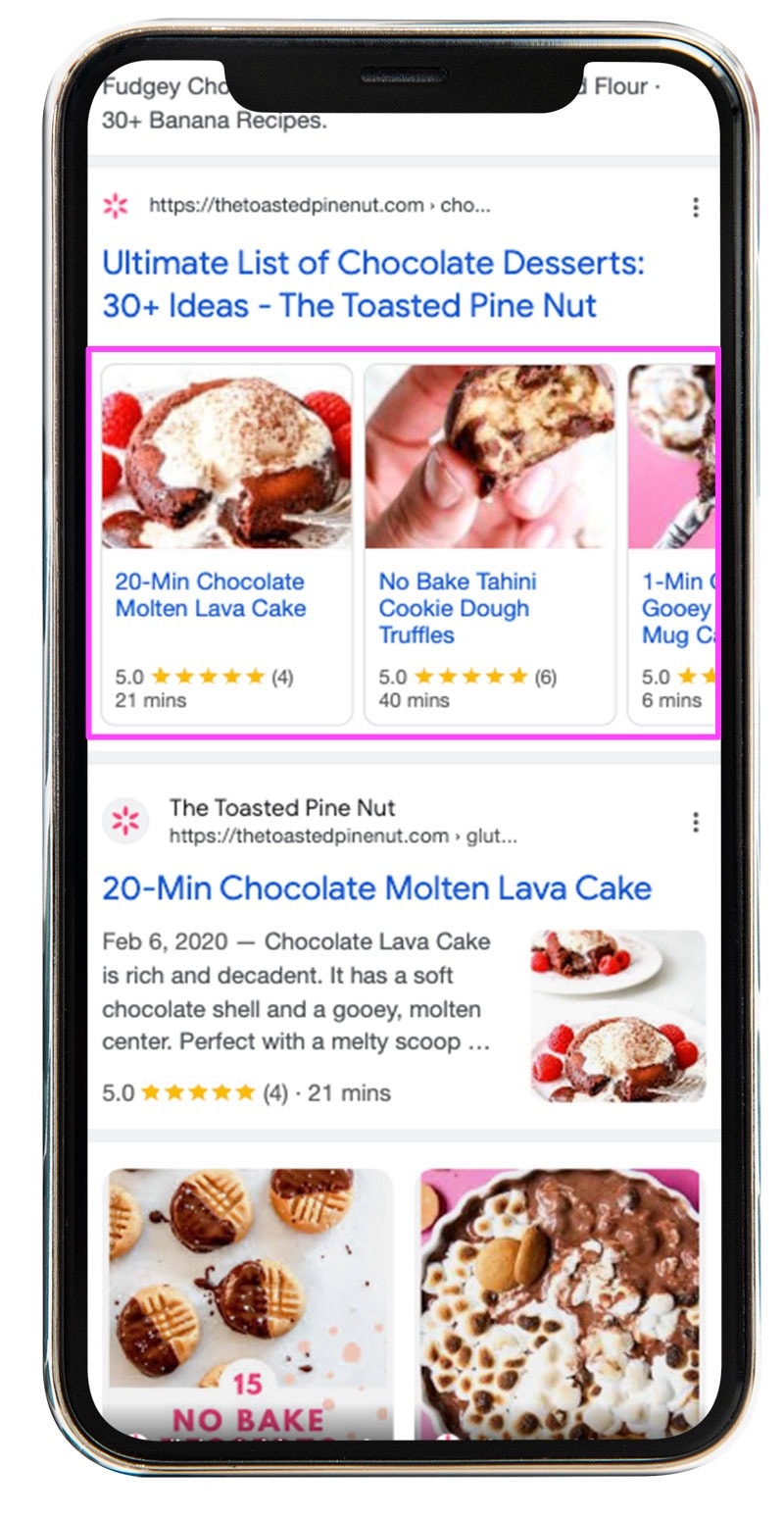
If you’re ready to output Carousel structured data for a roundup post, here’s what we recommend broken down by recipe card plugin:
If you use WP Recipe Maker:
All versions of WP Recipe Maker support ItemList schema in addition to recipe schema. If you use WP Recipe Maker to output recipe schema, we recommend you use the round-up blocks that are already available in the plugin’s product offering to output ItemList schema. The plugin’s default round-up blocks can easily be customized to suit your food blog’s branding.
If you use Create by Mediavine:
Create supports ItemList schema in addition to recipe schema. If you already use Create to output recipe schema, we recommend you use the round-up blocks (called Create Lists!) that are already available in the plugin’s product offering to output ItemList schema.
If you use Tasty Recipes:
Food bloggers who use Tasty Recipes to output recipe schema can use Tasty Roundups, the paid plugin from Tasty Recipes.
4. FAQ schema
At Foodie Digital we’ve audited hundreds of food blogs. In our experience, the desire to add FAQ schema to a recipe post sadly causes a lot of food bloggers to over-optimize their blog posts. This is not good and definitely not what Google wants. Answering a few recipe specific questions for readers in a post is valuable! These Q&As simply do not need to marked up with FAQ schema.
In August 2023, Google announced it will restrict what kinds of sites are eligible to show FAQ rich results in the search results.
Why?
Google is downgrading FAQ rich results to provide users with a cleaner and more consistent search experience and confirmed it will only show FAQ rich results for high-authority websites in the health space and for government websites.
Does this mean that food bloggers need to hurry to remove unnecessary FAQ schema added in posts? No. Google says:
While you can drop this structured data from your site, there’s no need to proactively remove it. Structured data that’s not being used does not cause problems for Search. (Reference)
Still, if posts are over-optimized with unhelpful or redundant FAQs and marked-up with FAQ schema, a content quality issue persists and should be addressed regardless of the changes announced by Google to do with FAQ rich results.
Examples to help you understand/decide which type of schema to use use and when to use it
Example 1 – single recipe
If the desired result is to better your chances of earning clickthroughs and conversions for a single recipe, output recipe schema via a recipe card plugin like WP Recipe Maker or Tasty Recipes.
Outputting recipe schema makes a single recipe eligible for the featured recipe results on both desktop and mobile, which is where the vast majority of clicks for a query are earned.
As of August 2022, FAQ schema and recipe schema cannot be combined into a single rich result in the search results. When different types of schema can’t be combined into a single rich result, Google has to pick one of them to show in the search results. If you’re a recipe site there’s little point in muddying the schema waters or making Google choose between recipe + FAQ schema.
Maybe one day Google will introduce a recipe rich result sandwiched together with a FAQ rich result, but that day is not here yet.
For this reason, to earn clicks for a recipe output recipe schema only.
Example 2 – article or blog post with no recipe
If the desired result is to better your chances of earning clickthroughs and conversions for an article or blog post that contains no recipe or roundup post list items, output article schema only.
Example 3 – recipe roundup post
If the desired result is to strengthen a roundup post’s potential to earn clickthroughs and conversions by displaying a swipeable mobile carousel on mobile, output ItemList schema via WP Recipe Maker, Create or Tasty Recipes’ new Tasty Roundups plugin. See The Toasted Pine Nut example.

Of course, there are countless ways to boost your food blog SEO and recipe SEO. Using schema correctly—and to your advantage—is just one slice of the pie!
If you’re ready to gain more valuable insights into your site’s individual schema opportunities and grow your food blog’s traffic, join the Foodie Digital mailing list today.
Note: Foodie Digital participates in affiliate programs for select recipe card plugins and hosting providers. The opinions we share are based on our own in-depth research, and the ongoing need for our members to use SEO tools that are future-proofed, credible, professional and well supported.



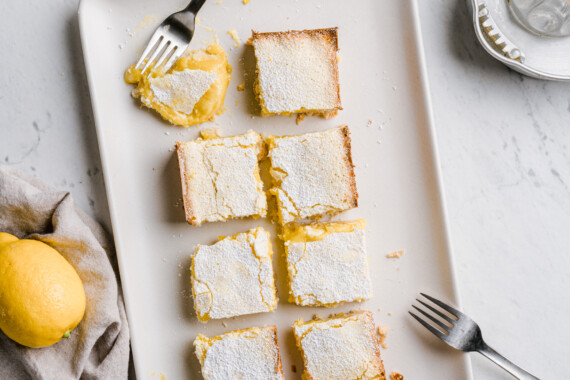
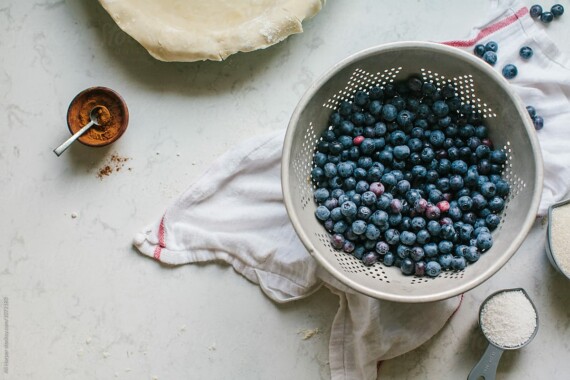


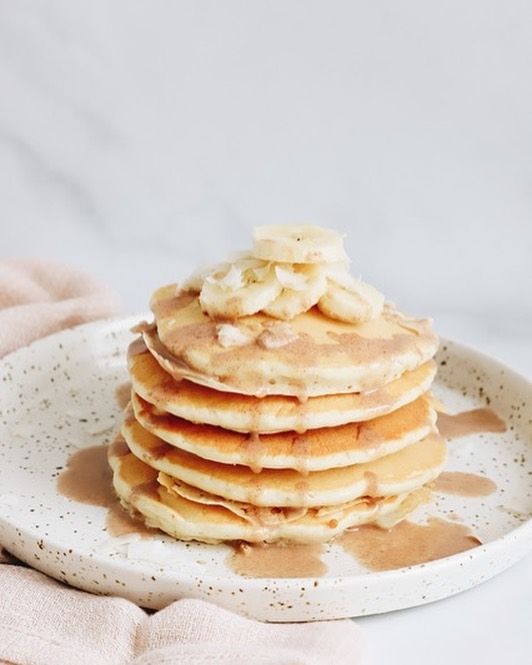





Hey love this article!! I am always confused about SEO practices and what you can do!
I have a FAQ and 1 recipe card on most of my recipes, but I had error messages on google search console with this error” Duplicate field ‘acceptedAnswer’ (in ‘mainEntity’)
Items with this issue are invalid. Invalid items are not eligible for Google Search’s rich results”
I didnt’t understood it for ages, but only new with every post or recipe published another error appeared. First, when I googled it seemed that it said, that the error could come up if I have several FAQ’s on one page, but i only use 1 FAQ, the one from YOAST and add the plus button for more questions.
But are you thinking, I should remove the Yoast FAQ schema completely, and this would resolve it? Because there is already the recipe mark up?
Oh my website is: the-rainbow-recipes.com (the issue is appearing on mostly all recipe pages)
Thanks so much, best Jula
Hi Jula,
Thank you for your question. In August 2023 Google announced it was downgrading FAQ rich results to provide users with a cleaner and more consistent search experience and confirmed it will only show FAQ rich results for high-authority websites in the health space and for government websites. All that to say, FAQ schema for food blogs is finished (finally!). At Foodie Digital, we’ve been coaching Foodie Digital members to avoid over-optimizing posts with unnecessary FAQs and FAQ schema for several years. If the errors you see in Google Search Console persist, we recommend manually removing FAQ schema from your posts over time and validating the fix in GSC. Without auditing your site specifically, I can’t advise if removing the FAQ schema from posts will resolve 1 or all of these errors, but I can confirm FAQ schema is no longer a schema type that food blogs should bother using.
Stay well,
Liane
Hello! This is helpful as I’m trying to wrap my head around all things schema. When you say under example #2, “For this reason, to earn clicks for a recipe output recipe schema only.” How do I do that? For instance, if I have a recipe and a FAQ in the same post (although I hear you saying maybe I shouldn’t anymore), how do I ensure the recipe is the dominant one for Google to look at (output, as you say)? Is my question making sense?
Hi Heather,
You should read this Search Engine Journal article. In the article it says:
If there’s a specific type of rich result you want shown in search results, then Mueller recommends focusing on the markup that’s relevant for that result.
In short, when you run a recipe site, a recipe rich result is what you want shown in search results. It is not possible to tell Google that recipe structured data is more dominant for your site that FAQ structured data.
When different types of schema can’t be combined into a single rich result (recipe structured data and FAQ structured data cannot currently be combined into a single rich result), Google’s has to pick one of them to show in the search results. As a recipe site there’s little point in muddying the schema waters or making Google choose between recipe + FAQ schema.
Answering reader questions in recipe posts is a great way to match intent and be helpful — the Q&As simply do not need to marked up with FAQ schema.
I hope this is helpful!
Liane
I have an article. Within the article I have 3 different recipes. Is it OK to have 3 Recipe Schemas on the one page?
Hi Shane,
Really good question.
While it’s technically possible to use multiple Recipe structured data on a single page (as in 3 recipe cards), it’s generally not recommended. Google might prioritize one over the others, or even not display any of them, due to conflicting signals about which one is the most relevant and accurate representation of the recipe, leading to unpredictable results. This is why food bloggers include just 1 recipe card per post.
Liane